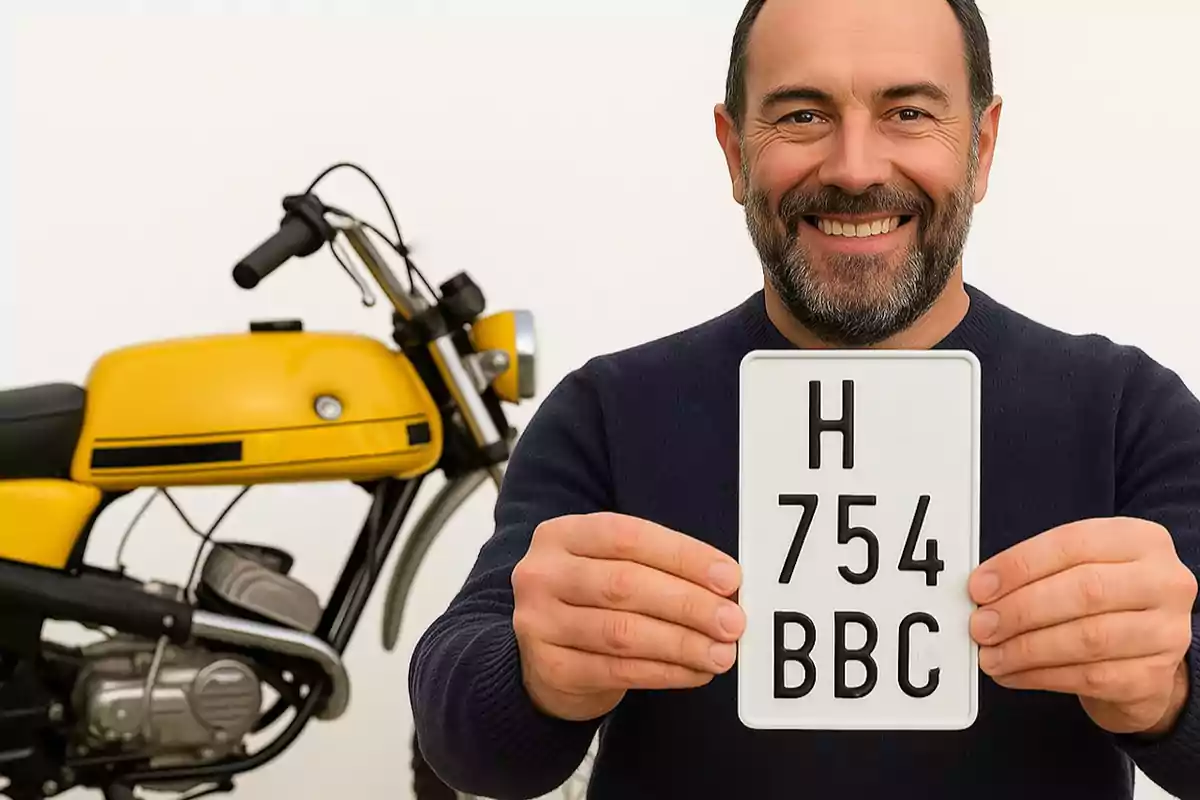
How to register a moped as a historic vehicle step by step
The ultimate guide to getting your vintage moped registered as a historic vehicle and riding it on the street again
A few months ago, Royal Decree 892/2024 was passed, which regulates the registration and legalization process for historic vehicles. This legislation has solved the old problem of historic mopeds.
Mopeds over 30 years old can now be registered as historic vehicles. In a much simpler and cheaper way than before.
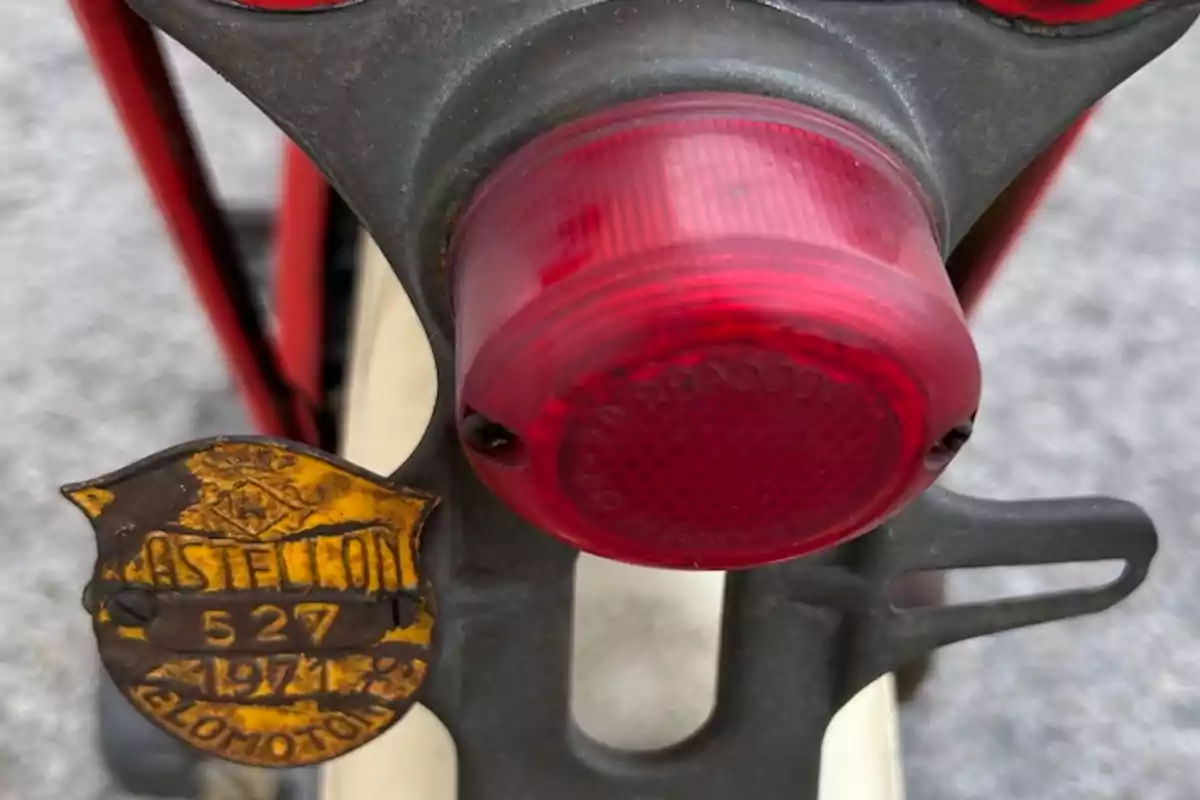
There is a lot of excitement and many questions. We explain how to do it step by step, according to your specific case.
First: a current technical sheet
The documentation you'll have when you finish this process is basically the same as that of a car or a new motorcycle. It consists of a technical sheet and a circulation permit.
The technical sheet describes the technical characteristics of the moped (brand, model, manufacturer, sizes, weights, engine displacement, etc). The circulation permit defines who the owner is, where you live, and what license plate number corresponds to the motorcycle.
So, the first thing is to obtain that technical sheet. You need an ITV to do it. They need to know the exact model and what features it had as standard when it was new.
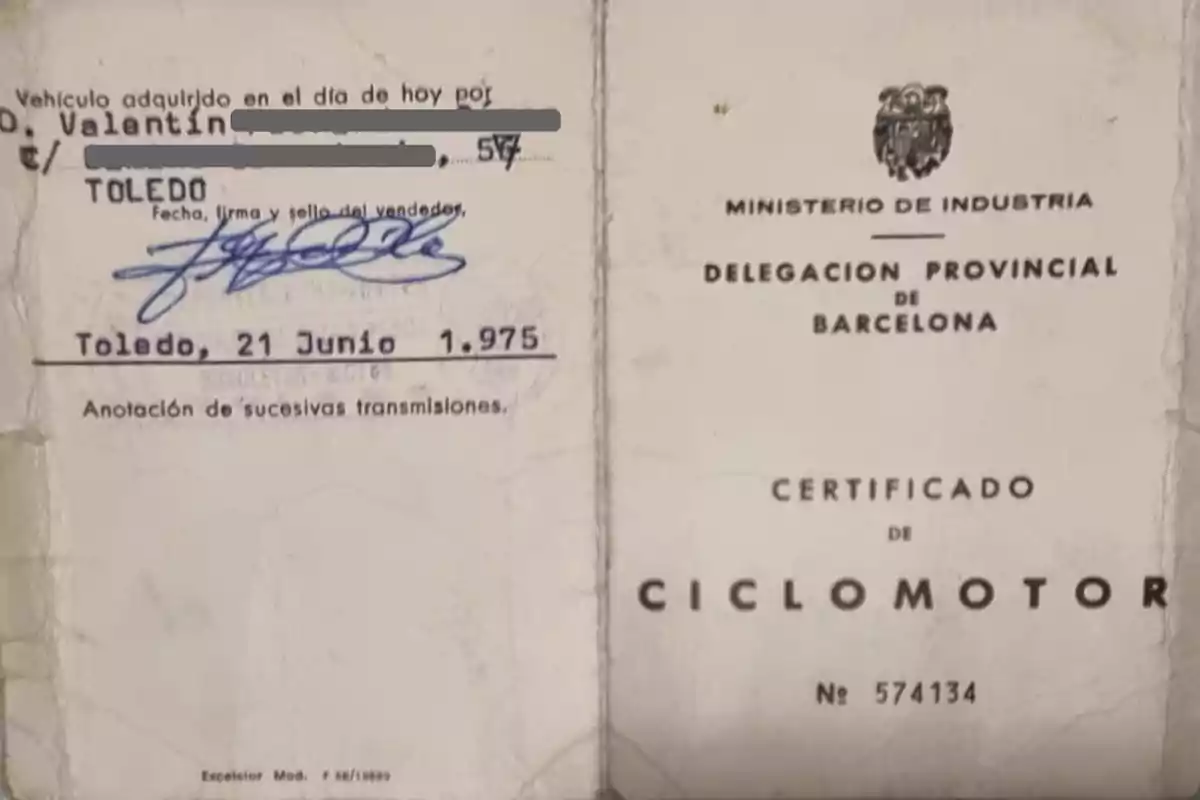
ITVs don't have to know the history of every model that has ever existed. But there are clubs and associations that do have that knowledge. With the new law, they are the ones who provide that information.
The new law calls them Entities Related to Historic Vehicles. They are associations, clubs, or similar organizations registered with the DGT. We call them by the acronym ERVH.
One of them is the Museo de la Moto Española de Alcalá de Henares, which is the one that has provided us with all this information.
To start the registration process for your moped, you should go to one of these ERVH.
The ERVH will provide you with a certificate stating what motorcycle it is. It will also state what its main standard features are and whether it has any period modifications. It will also state the manufacturing date.
With this certificate, the ITV will prepare the technical sheet that will be half of the new documentation for your moped.
Now for the circulation permit
The technical sheet is prepared by the ITV, which is an organization authorized by the Industry authorities and recognized by Tráfico. Now let's move on to the second part.
What does registering a vehicle really mean? It means assigning a number to a specific vehicle, which legally "links" it to its owner. That relationship is recorded in the traffic archives.
That link is reflected in the circulation permit. It states that, in this case, a moped is of a certain brand and model, with a certain chassis number. That is, that specific unit belongs to a particular person (you, in your case).
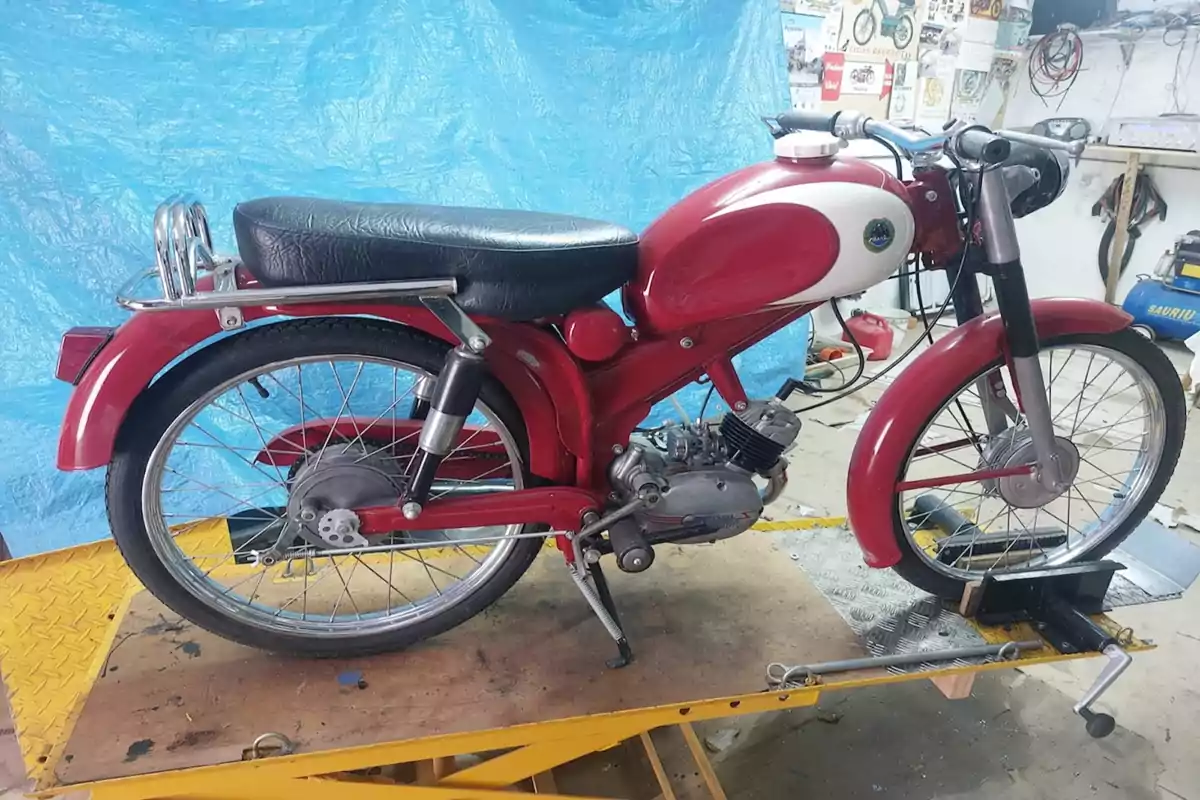
That chassis number, which belongs to you, is assigned a specific license plate number. It will serve to identify it in the future in Tráfico and before the authorities. You live in a certain place, which is reflected in that circulation permit.
Logically, you'll have to prove that it's yours to the Tráfico official. For that, the law says that there are three ways.
The first is that you have an invoice. You bought the moped in a store and they issue an invoice with that chassis number and your name.
The second is that you bought it from a private individual. In that case, a sales contract should state the identity of the seller, yours, and the chassis number of the moped.
Keep in mind that in this case you'll need to prove who everyone is. That is, you need the seller's and the buyer's ID. They can't be expired.
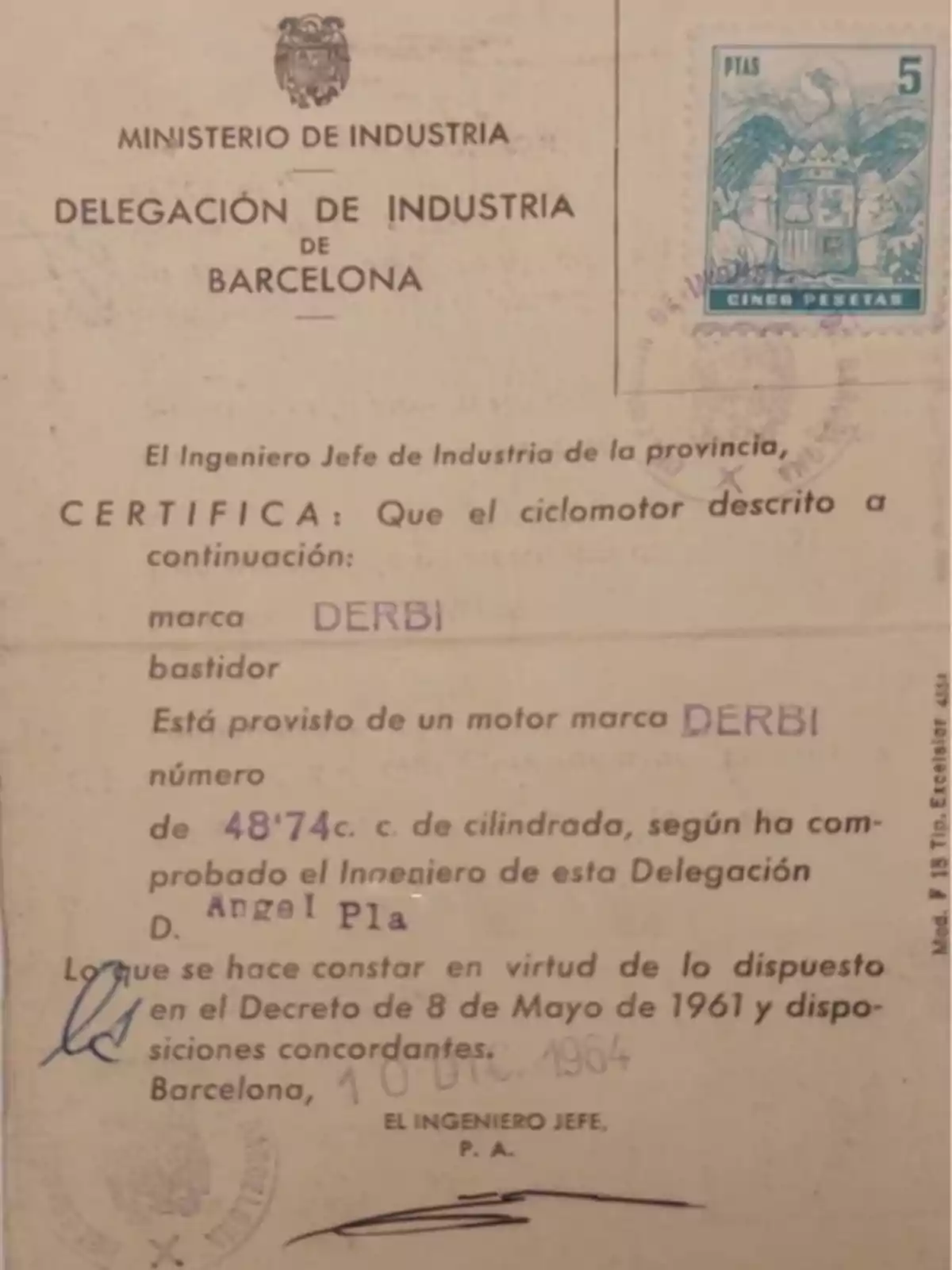
The third and, in fact, most commonly used is the so-called "usucapión". According to the civil code, if you show that you've had the motorcycle as yours for more than three years, you can prove that it's yours.
The statement of facts
In the end, it's normal for a forty-year-old moped to have never been registered. Legally, it was little more than a bicycle. It won't have invoices, contracts, or anything similar.
The most typical story is that it's been in the family garage all its life. Or that someone from the village gave it to you and that's it.
The way to show that it's yours is almost always that "usucapión." But how is it done?
The truth is that you don't have to do anything. You just have to go to a notary who will draw up a statement in which you affirm that the moped has been yours for more than three years. If possible, you should provide some document.
You bring two witnesses who know that the motorcycle has been yours for years. That's enough for Tráfico to show that it's yours.
You're almost done with the circulation permit.
Taxes and final details.
All vehicles pay taxes, as you know. The municipal ones are called circulation tax and it's the famous "numerito." You pay it every year for your car or motorcycle.
In many cases, but not always, classic vehicles can be exempt. Your moped is one. But it depends on the municipality.
In any case, you'll have to go to the Town Hall, with the technical sheet prepared for you by the ITV. Either you pay the tax, or you request the exemption certificate.

When they're second-hand or used, as in this case, a transfer tax is usually paid. However, mopeds are exempt. In Tráfico, it seems they don't know that.
They'll require you to go to the Tax Office and get the exemption certificate for that tax. It doesn't make much sense if they're always exempt, which they are, but that's how it is.
You'll also have to bring the technical sheet and the document that shows the motorcycle is yours. Normally, the statement of facts.
The icing on the cake: to Tráfico, for the license plate
You already have the technical sheet, taxes paid and their receipts in hand or the exemption certificates. Also, the seller's and your IDs, not expired and valid, and the contract, invoice, or statement of facts.
That is, you have the documents required to show what motorcycle it is, that it's standard, that it's yours, and that you're up to date with the corresponding taxes. With all this, at Tráfico you can now request registration. Basically, it's for them to issue the circulation permit where the assigned license plate number will appear.
With that circulation permit, you can go to your parts dealer to have the license plate made (moped size, white background, and starts with the H for historic). Now your moped is registered.
The questions everyone asks
I have the card, the technical sheet, the certificate, or whatever you want to call it, original from my motorcycle. Doesn't that count as a technical sheet?
- No. It's expired, at least since 1995, when the law changed. The technical sheet of a current moped is like that of a motorcycle or a regular car.
I have a document from when I bought it in my name. I don't need anything to show that the motorcycle is mine.
- No. It's the same certificate and it has no official value. The stores themselves filled it out when they sold a moped and there's no copy in Tráfico or in any registry.
This moped was bought by my father/mother/friend and they gave it to me or I bought it. I have a contract they made for me twenty years ago.
- It's not valid if you don't have a VALID ID from the seller.
My moped is registered, it has a Town Hall plate and a paper they gave me.
- It's not valid. In 1995, that system was declared expired and a period was given to register with Tráfico. If it wasn't done, that local registration ceased to be valid and today it's worthless.
My moped doesn't have pedals, they've been lost. Or the exhaust isn't original. Will it pass the ITV?
- Normally, yes. Nowadays, pedals are no longer required and the truth is that back then, on geared mopeds, they were removed.
They usually don't cause problems. If the exhausts and other modifications are from the moped's era, they're allowed.
How often will I have to go through the ITV?
- Never. Only the first time so they can prepare the technical sheet. After that, it's exempt.
More posts: